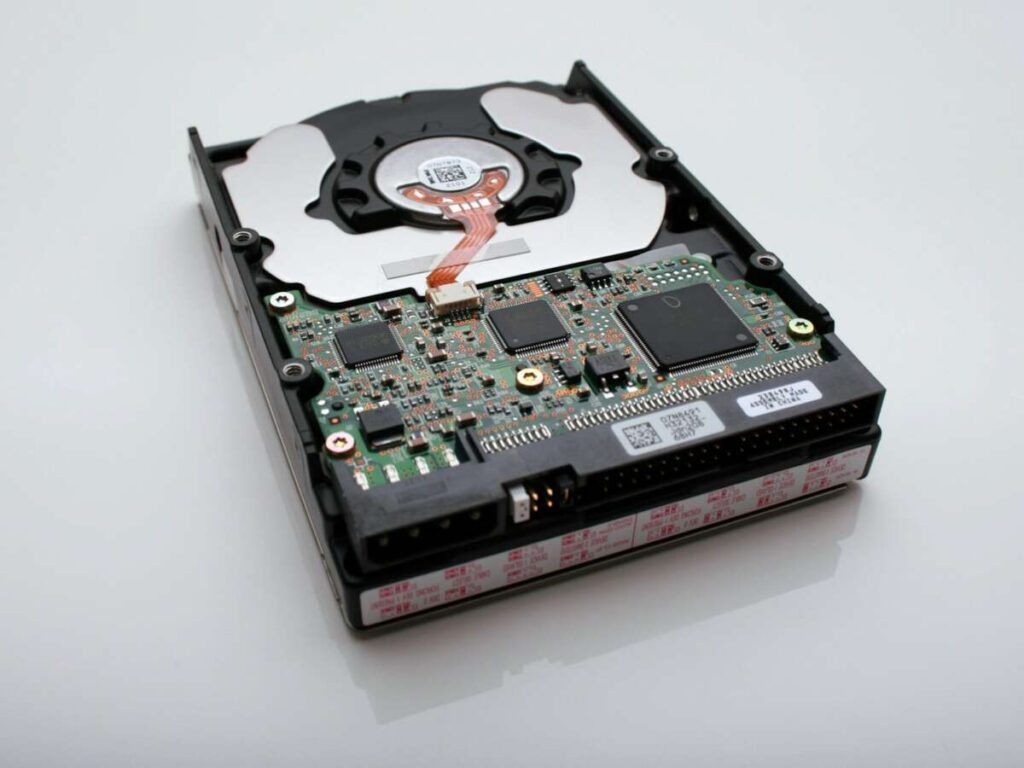- Class: Primary 3
- Term: 3rd Term
- Week: 1
- Age: 8 years
- Duration: 40 minutes
- Subject: Basic Science & Technology
- Curriculum Theme: Computer Studies
- Previous Lesson: Components of a system unit
- Topic: Components of a System Unit
- Content: Meaning of Disk Drive, Types of Disk Drive
Performance Objectives:
By the end of the lesson, pupils should be able to:
- Cognitive domain: Identify and describe the meaning and types of disk drives.
- Affective domain: Show interest in learning about different types of technology and their uses.
- Psychomotor domain: Draw a simple diagram of a disk drive.
- Social Domain: Discuss with peers the importance of disk drives in computers.
Reference Materials:
The following resources were used in planning this lesson:
- 9 – Years Basic Education Curriculum
- Abuja Educational Resource Centre Scheme of work
- NAPPS National Unified Scheme of Work
- Online Information from How Stuff Works: Computer Memory
Instructional Materials:
The teacher will teach this lesson with the aid of:
- Diagrams of different disk drives
- Real-life examples or pictures of disk drives
- Whiteboard and markers
Rationale for the Lesson:
Understanding disk drives is essential for comprehending how computers store and retrieve information, which is a critical aspect of today’s technology-driven world. This knowledge prepares students for more advanced learning in technology.
Prerequisite/Previous Knowledge:
Pupils are expected to have basic knowledge of the parts of a computer system unit, as covered in the previous lesson.
INSTRUCTIONAL PROCEDURES:
Learning Area: Components of a System Unit
To deliver this lesson, the teacher will adopt the following steps:
| Content Development | Time | Teaching Method | Teaching Strategy | Teacher’s Activity | Pupil’s Activity | Learning Point |
|---|---|---|---|---|---|---|
| Step 1: Introduction | 5 mins | Direct Instruction | Set Induction | Introduce the topic and connect to prior knowledge about computers | Listen and respond to introductory questions | Engagement and curiosity stimulation |
| Step 2: Explaining Disk Drives | 10 mins | Lecture and Demonstration | Explanation | Explain the meaning and function of disk drives, show diagrams | Listen, observe diagrams and ask questions | Understanding disk drives’ role |
| Step 3: Types of Disk Drives | 10 mins | Discussion | Guided Discovery | Describe various types of disk drives (HDD and SSD) | Discuss with peers, identify types in images | Identifying different types |
| Step 4: Drawing Activity | 5 mins | Practical Activity | Skill Practice | Instruct students to draw a basic diagram of a disk drive | Draw their version of a disk drive | Developing drawing and understanding skills |
| Step 5: Review | 5 mins | Interactive Review | Question and Answer | Review key points, ask questions | Answer questions, participate in review | Reinforcement of knowledge |
| Step 6: Note Taking | 3 mins | Writing | Summarization | Dictate notes for students to write down | Write down notes in their notebooks | Documentation of learned content |
| Step 7: Conclusion and Homework | 2 mins | Closure | Summarization | Summarize the lesson, assign homework on disk drives | Listen and note down homework assignment | Conclusion and reinforcement of learning |
Classroom Note:
Components Of A System Unit – Disk Drive
A disk drive is a device in a computer that stores and retrieves data. There are two main types of disk drives:
- Hard Disk Drive (HDD): This is the traditional disk drive that uses spinning disks to read and write data.
- Solid State Drive (SSD): This type uses flash memory, similar to memory cards, and has no moving parts, making it faster and more reliable.
Lesson Evaluation:
To evaluate the learning, the teacher asks pupils to:
- What is a disk drive?
- Name the two main types of disk drives.
- Draw a simple diagram of either an HDD or an SSD.
- Why do you think SSDs are generally considered better than HDDs?
Note for teachers using my lesson plan:
Hi there, remember that I didn’t make this lesson plan with any particular class or teacher in mind and I tried as much as possible with my experience and expertise to deliver this plan in a standard and effective style utilizing the best strategy and methods. Nevertheless, you are free to customize the lesson content, teaching methods, timing, and pupil activities to suit your teaching style, pupils’ comprehension, curriculum, and resources available to you. Happy teaching!







